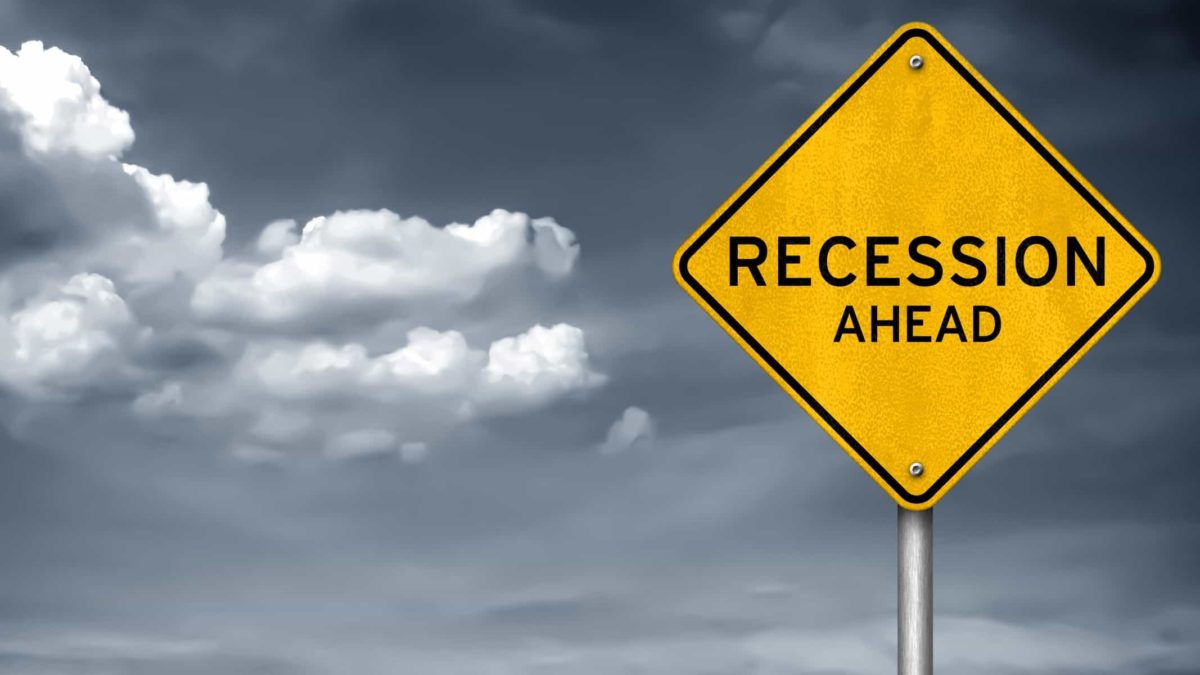I keep getting the same question, and hearing the same comments, from amateurs and professionals alike.
"How can shares be up, when the economy is still struggling?"
It is, on the surface, a reasonable, even sensible question.
But it misunderstands both the economy and the sharemarket on two fundamental levels.
First:
Humans tend to think market falls are almost always justified, but rises are to be viewed with scepticism.
To wit:
Few people say "The S&P/ASX 200 Index (ASX: XJO) shouldn't be at 5,812 points!"
They say "How can the market be up 28%???"
Again, a reasonable question on the surface. But it misses one fundamental point:
Up 28% from where?
See, the starting point matters.
If you're going to ask "Should the market be up 28% from March 23?", logic dictates that you have to also ask "Should the market have fallen 38% in the first place?"
Let's simplify it:
Should someone increase their bodyweight by 5%?
You're already instinctively saying "It depends where you started".
Fair to say I'm not as svelte as I should be. Today, putting on 5% of my bodyweight would be a bad idea.
But in November 2018, after spending a couple of weeks with severe pneumonia, I left hospital at 68kg. Putting on 5% of my bodyweight at that point was a very good idea.
See, the starting point matters.
Should the ASX be up 28%? No-one can say for sure.
But at the same time, you can also ask: "Should the ASX be down 13% for the year?".
Because both are true: We're down 13% since December 31 AND we're up 28% since March 23.
Let's take another lens:
What if, instead of falling 38% between Feb 20 and March 23, the market had fallen 50% or 70%? Or if it was actually UP 10%.
A subsequent 28% gain from any of those points would have us in a very different position today.
So 'up 28%' is all-but useless as a basis for assessment.
Actually, scrap that. It's not 'all-but' useless. It's completely bloody useless.
If you hear anyone talk about it, without putting it into context with either prior falls and/or some sort of P/E ratio (or similar), you should probably ignore them.
They're falling into a simple but dangerous trap: assuming some arbitrary past point was an accurate basis for comparison.
It's understandable (but wrong) for amateurs. It's all but unforgivable for the pros.
… yet it's still only half of the ways in which people misunderstand the situation we're in.
The second is conflating the economy and the stock market.
Or, more specifically, conflating current share prices and current/recent past economic data.
Let's start by looking at shares.
If you buy shares in, say, Woolworths Group Ltd (ASX: WOW) today, I assume you're doing it for a couple of reasons:
First, I assume you think it'll continue to make money in future (buying shares in a company you expect to go bankrupt would be a strange way to try to make a quid).
Second, I assume you want to get a share of those future profits by way of dividends, and a rising share price.
Notice both of those sentences have the word 'future' in them?
See, here's the thing: If you bought Woolies on the day the ASX hit its 2020 highs, you'd have paid around $43 per share.
But this year's earnings will probably be somewhere around $1.30 per share, and they'll pay out around $1 in dividends.
I don't know about you, but I'm not paying $43 to get $1 back.
If my investment in Woolies is to work out, they have to keep earning profits well into the future, ideally increasing over time.
How far into the future? Well the algebra is painful unless you're a nerd, but essentially into eternity, but we (rightly) care more about today's earnings than profits in the year 2084, so we 'discount' those to allow for the fact we have to wait so long.
Let's say you want a 10% annual return, and Woolies will earn $1.30 each year.
Right now, in the first year of our investment, $1.30 is worth, well, $1.30.
In year 2, we discount that $1.30 by our 10% requirement and say "$1.30 in a year's time is worth $1.17 to me today ($1.30 minus 10% ($0.13) = $1.17.).
In year 3, the $1.30 we'll get is worth $1.05, and so on.
We add it all up and — in a perfectly efficient market — we'd get to the $36 share price.
But here's where we need to compare the present and the future.
Yes, the economy is in recession. Unemployment may well peak at over 10%. Things — right now — are grim.
And let's say Woolies' profit gets completely wiped out by COVID-19. It won't, of course, but let's pretend.
And let's say that it goes back to normal in 2021.
How much less should we pay for Woolies shares?
Using the maths above, we know Woolies was selling for $43 in February.
And if we're not earning anything this year, we'll miss out on our $1.30.
But next year's earnings will still come in, as will every year after that.
If the full future earnings added up to $43, then taking out this year's earnings (only) means we should only want to pay $41.70 ($43 – $1.30).
The shares should have fallen by 3%.
Okay, let's say we're really, really pessimistic. Let's say it doesn't make money in 2020 OR 2021.
Now the shares should sell for $43 – $1.30 – $1.17 (the discounted value of the second year's profits).
So now we'll pay only $40.50.
And, hey presto, today Woolies shares are selling for…
No, not $40.50.
Around $36.
Huh?
Exactly.
Now, as I said before, there's no reason why the February 20 price was 'right', and the current price is 'wrong'.
As I wrote last week, the market doesn't know what it's doing, either.
But a fall of 38% in share prices from Feb 20 to March 23 would have meant somewhere around 5 years of profits being wiped out.
A pandemic is bad, but 5 years? I don't think so.
Which brings me back nicely to my point:
Yes, the economy is in a funk. It might take months — maybe even a year or two — to get back to normal.
And yes, that's awful for the people and businesses involved.
But the share market isn't (completely) stupid.
If you think Woolies was worth $43 in February, even in a worst case scenario where two years worth of profits go down the drain, it'd only be worth 10-15% less, because share prices — by their very nature — are the sum total of not just 2020 and 2021's profits, but of every year from here on!
Get it?
Even if the market expects the next couple of years to be terrible, there was almost no logical reason — short of huge numbers of ASX companies going broke — for a fall approaching 40%.
Yep, markets overreact. It's what they do, and what makes investing so emotionally taxing.
But if they're going to overreact, it's almost perfectly logical that we see decent-sized gains when it wakes up to itself.
That doesn't always happen quickly, of course — no-one predicted the speed of this recovery.
But it's why I was saying — during and after the worst of the falls — that I expected long-term investors to do well, buying quality companies (or an index-based ETF) at those levels.
More falls ahead? Maybe. No idea. (No-one else knows either).
After all, if the market can emotionally overreact by that much, why would you pretend you knew what it was going to do next.
Instead, looking out long term, Australia's listed companies will do just fine. Economic activity will, I'm almost certain, return to pre-pandemic levels. I expect company profits to do the same.
(I'm not allowed to express things as certainties under ASIC rules, and that's fair enough. But my entire wealth outside our home and cars is in the stock market, so I'm walking the talk.)
Should the market be up 28% from its lows? Because it's an arbitrary number with no justification of the 'then' or 'now' valuations, the only answer is a casual shrug of the shoulders.
But what should be clear, by now, is that there's no reason shares should be thrown out with the bathwater, just because the economy is currently in a rough patch.
Let's put it another way, to finish off:
If I owned a cafe that was making $1,000 a week in profit in January, should I sell that cafe today for 40% less, just because last week's profits were $600?
Of course not, because the customers will return, and I'll be back making maybe $900 or $950 a week in a few months' time.
Yet that's what the stock market did with shares in March, and why, when it comes to its senses, we see share prices recover, even though the economy is still struggling.
Fool on!









